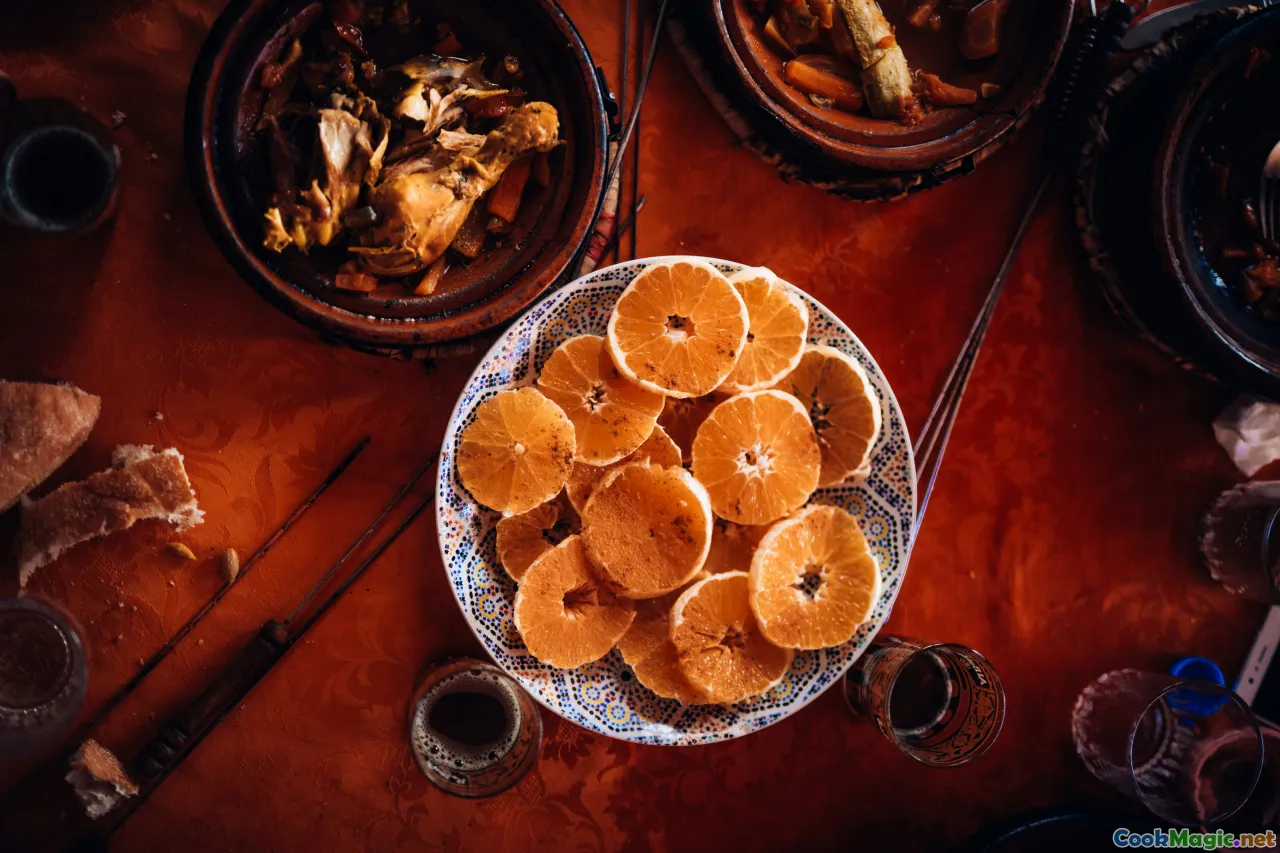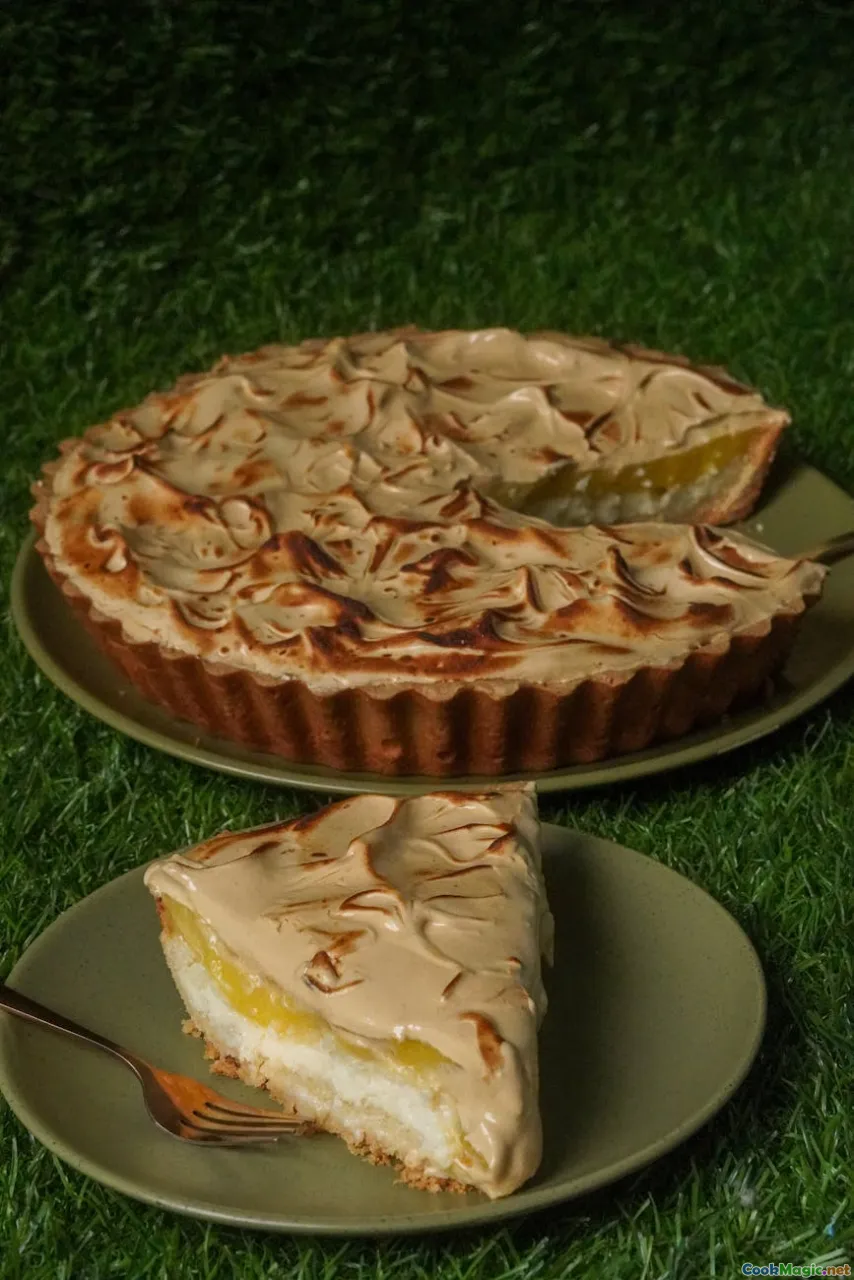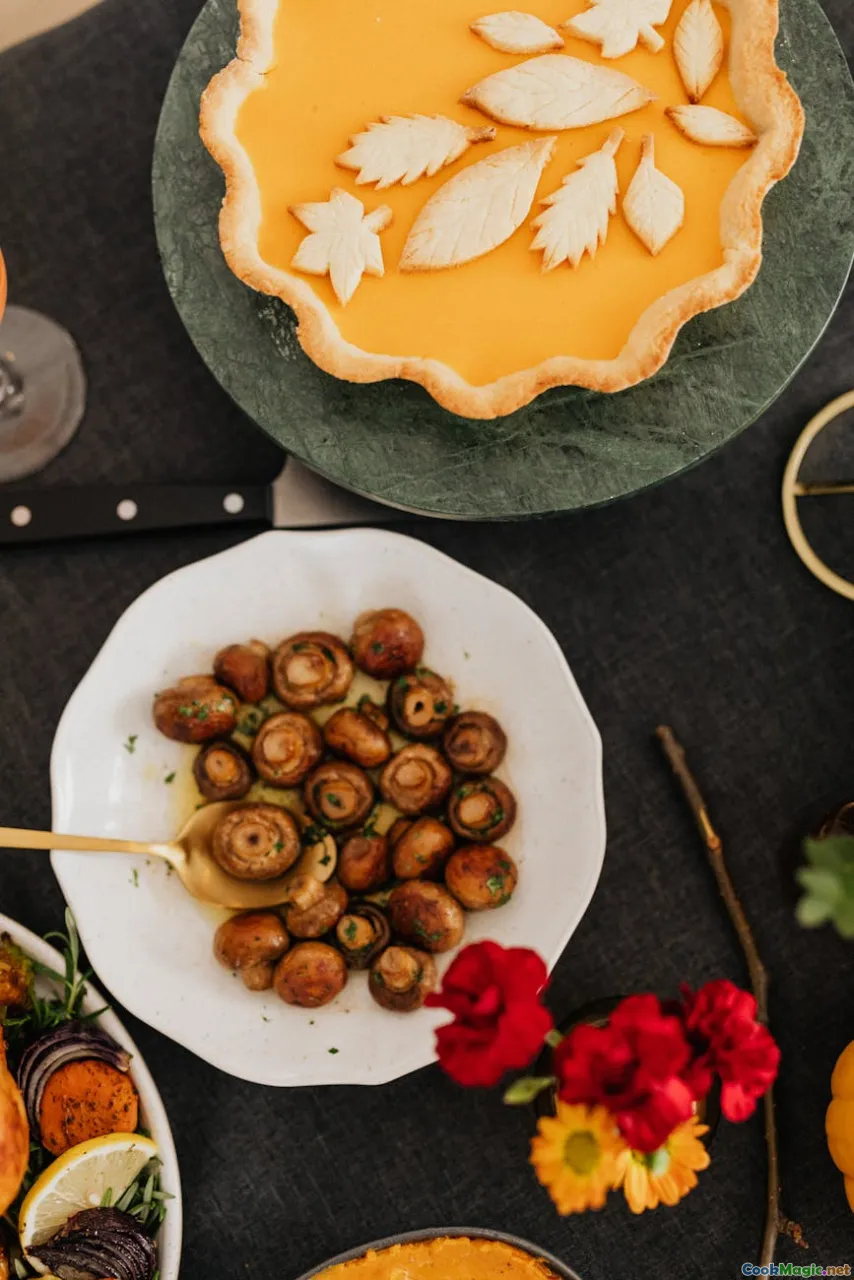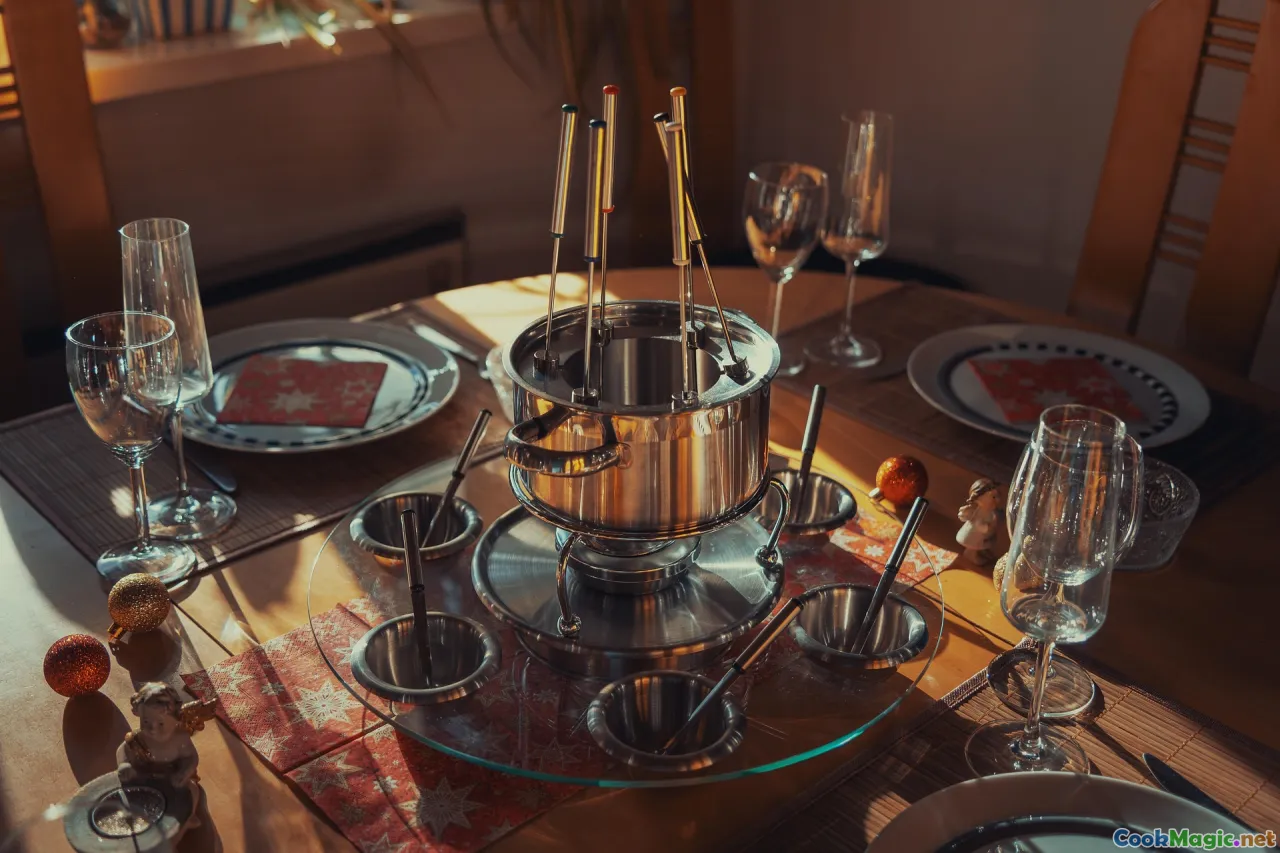Secrets of Perfect Pine Tarts Guyanese Dessert
11 min read Discover the authentic techniques and ingredients behind mastering the iconic Pine Tarts, a beloved Guyanese treat full of flavor and cultural heritage. August 06, 2025 21:05
The Secrets of Perfect Pine Tarts: Guyanese Dessert Mastery
In the vibrant mosaic of Guyanese cuisine, few desserts evoke the warmth of home, the richness of culture, and the comforting aroma of family traditions quite like the beloved Pine Tart. With its flaky golden crust, luscious pineapple filling, and subtly spicy undertones, this dessert is more than just a treat—it's a taste of heritage, a festive centerpiece, and a nostalgic whisper of Guyana's diverse history.
But mastering the art of creating the quintessential Pine Tart demands more than just following a recipe; it requires understanding the cultural heartbeat, selecting the right ingredients, and mastering techniques passed down through generations. Join me as we delve deep into the secrets of perfect Pine Tarts—exploring their origins, sharing tips from seasoned bakers, and uncovering the sensory magic that makes this Guyanese classic unbeatable.
The Cultural Richness Behind Pine Tarts

Guyana's culinary landscape is a tantalizing tapestry woven with African, East Indian, Indigenous, Chinese, and European threads. The Pine Tart, affectionately called "pineapple tart," is one such delightful expression—an intersection of colonial influences and local ingenuity.
Historically, pineapple cultivation thrived in Guyana's tropical climate, inspiring creative ways to utilize the fruit—particularly in desserts that balanced sweetness with subtle spice. Pine Tarts emerged during colonial times and were often baked for festivities like Christmas, weddings, and independence celebrations. Their popularity endured because they encapsulate the tropical sweetness of Guyana's land with the spice of local flavors like cinnamon, nutmeg, and ginger.
For Guyanese families, making Pine Tarts is an act of love, a bridge to cultural roots, and a ritual that unites generations who gather to bake, laugh, and share stories around the dough. The treat is also a testament to the harmonious coexistence of diverse peoples and their culinary exchanges.
Selecting the Right Pineapple: The Heart of the Filling

The secret to a truly memorable Pine Tart begins with the pineapple. Freshness, quality, and flavor intensity are non-negotiable. In Guyana, ripe pineapples are abundant, bursting with sweet and tangy notes, making them ideal for filling.
Tips for choosing and preparing the pineapple:-Ripeness: Look for a pineapple with a fragrant aroma near the crown, golden-yellow skin, and a slight softness when pressed.
- Preparation: Peel, core, and finely dice the pineapple. To enhance its flavor, consider marinating the chunks with a tablespoon of brown sugar, a pinch of salt, and a teaspoon of cinnamon for about 30 minutes—this awakens deeper flavors and reduces excess water.
- Cooking the Filling: Simmer the pineapple with a touch of lemon juice, honey, or brown sugar to develop a rich syrup. Add a teaspoon each of cinnamon and nutmeg, and if you like a hint of spiciness, a pinch of ginger. Thicken the mixture with a little cornstarch or tapioca starch—aim for a glossy, jam-like consistency.
The result? A fragrant, tangy-sweet filling that’s both luscious and stable within the tart.
Crafting the Perfect Pie Crust: Flaky, Tender, and Flavorful

The crust is the canvas that holds the tropical treasure within. For the true Guyanese Pine Tart, the dough should be buttery, flaky, and tender—a perfect balance of robustness and melt-in-your-mouth finesse.
Essential ingredients:
- All-purpose flour, preferably unbleached for better texture.
- Cold unsalted butter, diced.
- Cold water.
- A pinch of salt.
- Optional: a tablespoon of vinegar or lemon juice (to tenderize).
**Mastering the dough:**1.Cold environment: Keep the butter and water chilled to enable proper layering. 2. Cutting in the butter: Use a pastry cutter or your fingertips to evenly distribute butter until the mixture resembles coarse crumbs with some pea-sized pieces. 3. Adding water: Gradually incorporate ice-cold water—about 4–5 tablespoons—until the dough just comes together. 4. Chilling: Wrap in plastic wrap and refrigerate for at least 30 minutes, allowing gluten to relax and the butter to firm. 5. Rolling and assembling: Roll out the dough on a lightly floured surface to about 1/8 inch thickness. Line your tart pans carefully, trimming excess.
For an extra flavor boost, brush the crust with a beaten egg or sprinkle a little grated nutmeg or cinnamon before baking.
Assembling the Pine Tart: Harmony in Layers

The secret to a beautifully balanced Pine Tart lies in assembly. After pre-baking the crust briefly—to prevent sogginess—spread the pineapple filling evenly, ensuring about a centimeter of space from the edges.
For the finishing touch:
- You can create a lattice or decorative patterns with leftover dough strips for a traditional look.
- Brush the top with egg wash (beaten egg mixed with a teaspoon of water) to achieve a shiny, golden finish.
- Sprinkle a little coarse sugar or cinnamon sugar for enhanced visual appeal and sweetness.
Bake at 350°F (175°C) for about 25–30 minutes, or until the crust is deep golden and the filling is bubbling.
The Art of Perfect Baking & Presentation

Baking is where patience and precision meet artistry. Ensure your oven is fully preheated, and keep an eye on the tart to prevent over-baking.
Tips:
- Use a baking stone if available for even heat distribution.
- Check for a bubbling filling, which signals thorough cooking.
- Rest the tart after baking for 10 minutes before slicing—this helps the filling set and reduces crumbling.
Presentation elevates the dessert—from traditional wooden platters with banana leaves to elegant white serving trays—a Pine Tart can be the star of any celebration, radiating tropical warmth and festive spirit.
Culturally Enriching Tips & Personal Insights

In my experience, the true magic of a Pine Tart lies in its making. Gather your family or friends, share stories of Guyana’s villages, perhaps add a pinch of your own twist—be it a dash more spice or a bold lattice pattern—and pour your love into each step.
A tip I've often shared with aspiring bakers is to taste the filling during simmering. Adjust the sugar or spices to suit your palate—remember, balance is key: too sweet can overshadow the fruit, too spicy can overshadow the charm.
Embrace imperfections—the slightly uneven lattice or rustic edges tell their own story—these qualities highlight the handmade, heartfelt nature of traditional Guyanese baking.
For holidays and special occasions, consider adding a side of fresh fruit or a scoop of vanilla ice cream to elevate your Pine Tart to a celebration-worthy dessert.
Final Thoughts: The Enduring Flavor of Tradition

Creating the perfect Pine Tart isn’t just about technique; it's about capturing the spirit of Guyana—the harmony of flavors, the warmth of community, and the pride in legacy. With these secrets—selecting the best ingredients, mastering the crust, layering flavors thoughtfully—you can craft tarts that not only taste divine but also tell a story of cultural resilience and sweetness.
Every bite is a journey—an homage to Guyana’s lush land and its diverse peoples, inviting you home with each spoonful of pineapple goodness. So roll out that dough, warm your kitchen with homemade aromas, and let your Pine Tart be a delicious testament to Guyana’s vibrant culinary soul.
Happy baking, and may your Pine Tarts forever symbolize tradition, love, and tropical delight!









